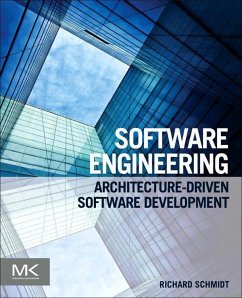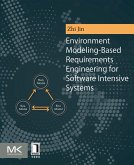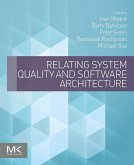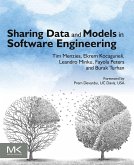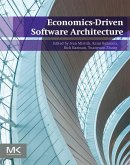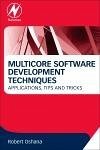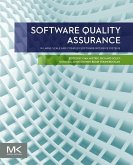Software engineering education often lacks standardization, with many institutions focusing on implementation rather than design as it impacts product architecture. Many graduates join the workforce with incomplete skills, leading to software projects that either fail outright or run woefully over budget and behind schedule.
Additionally, software engineers need to understand system engineering and architecture-the hardware and peripherals their programs will run on. This issue will only grow in importance as more programs leverage parallel computing, requiring an understanding of the parallel capabilities of processors and hardware. This book gives both software developers and system engineers key insights into how their skillsets support and complement each other. With a focus on these key knowledge areas, Software Engineering offers a set of best practices that can be applied to any industry or domain involved in developing software products.
- A thorough, integrated compilation on the engineering of software products, addressing the majority of the standard knowledge areas and topics
- Offers best practices focused on those key skills common to many industries and domains that develop software
- Learn how software engineering relates to systems engineering for better communication with other engineering professionals within a project environment
Dieser Download kann aus rechtlichen Gründen nur mit Rechnungsadresse in A, B, BG, CY, CZ, D, DK, EW, E, FIN, F, GR, HR, H, IRL, I, LT, L, LR, M, NL, PL, P, R, S, SLO, SK ausgeliefert werden.
".there may be some large-scale project managers in and out of government who will embrace this text as a holy grail.Chapter 15 on verification and validation and chapter 16 on control (configuration management) are particularly helpful and worthy of careful study." --ComputingReviews.com, August 29, 2013

